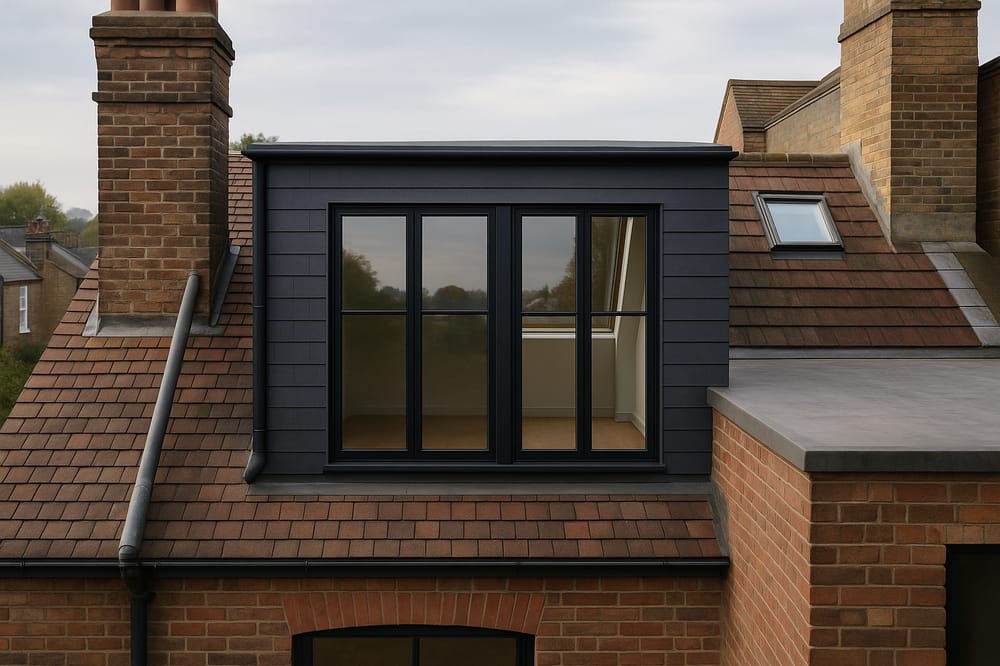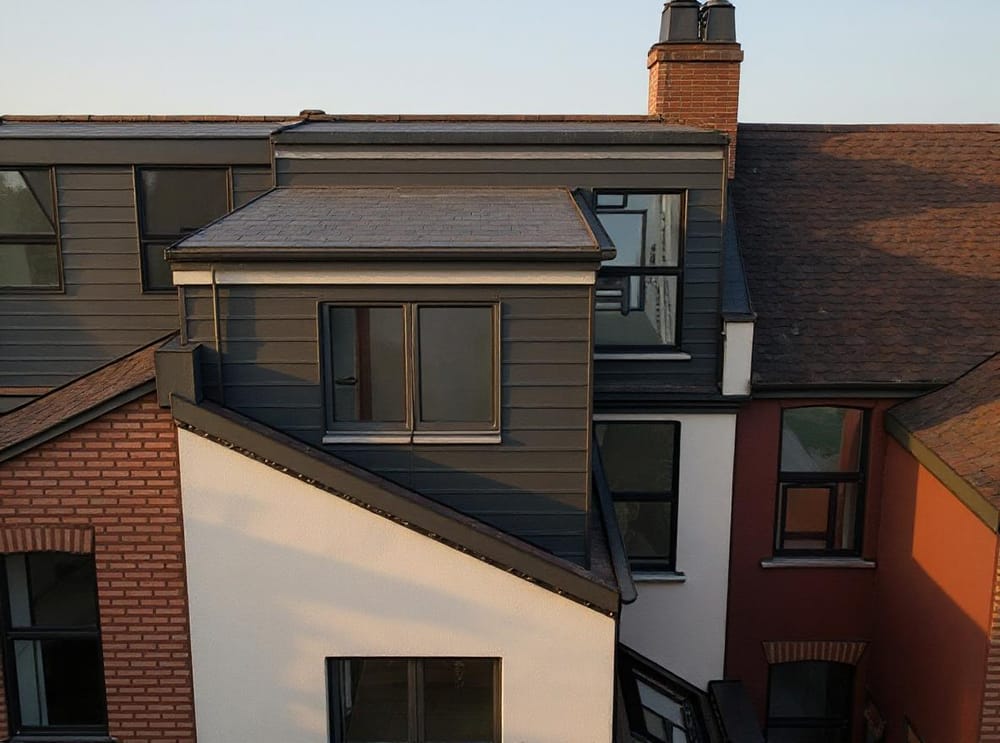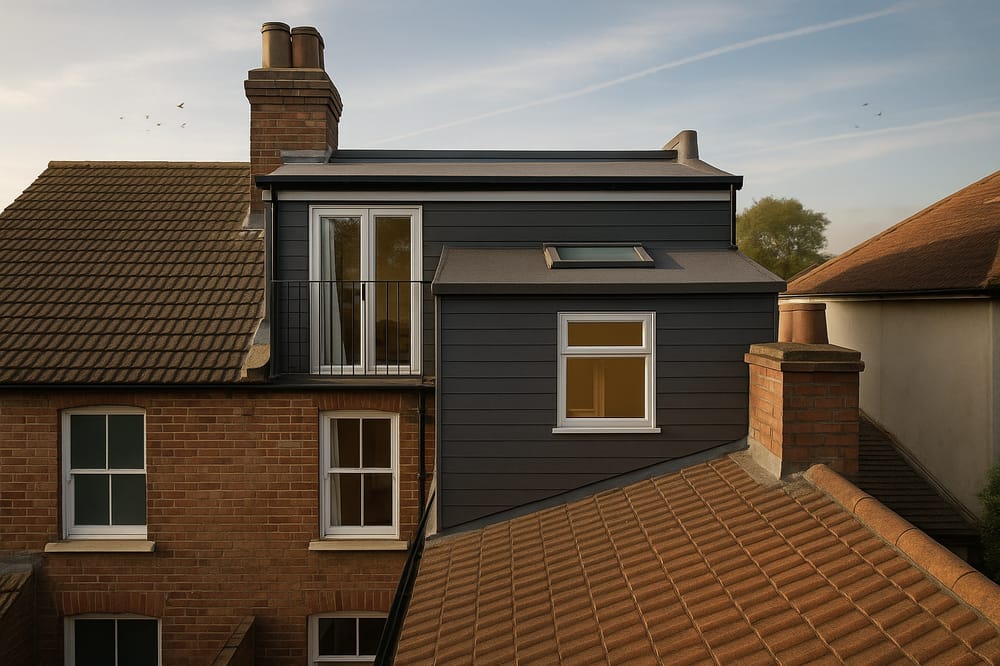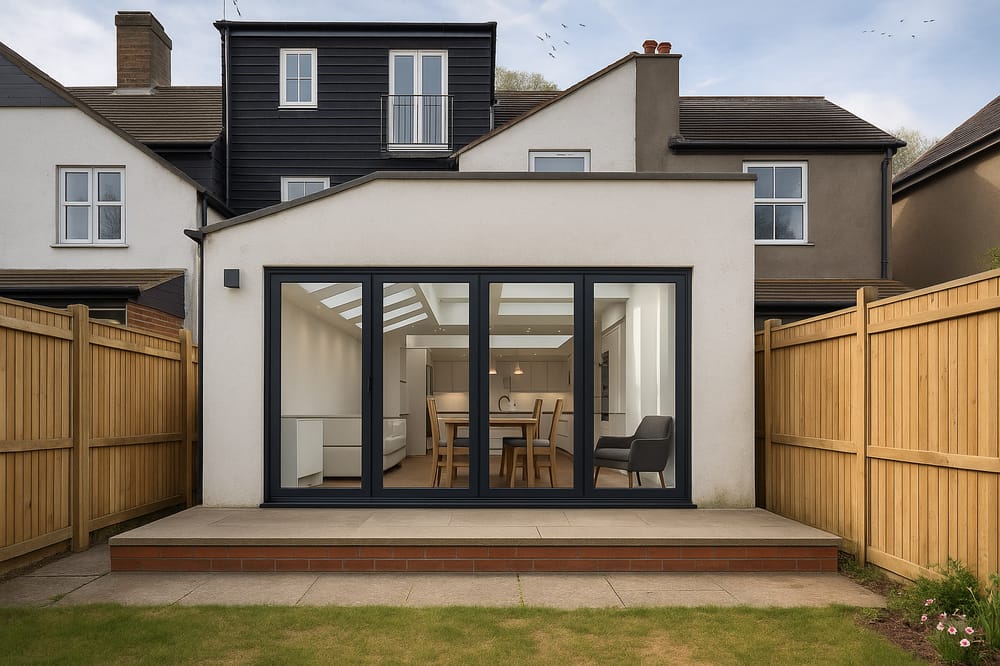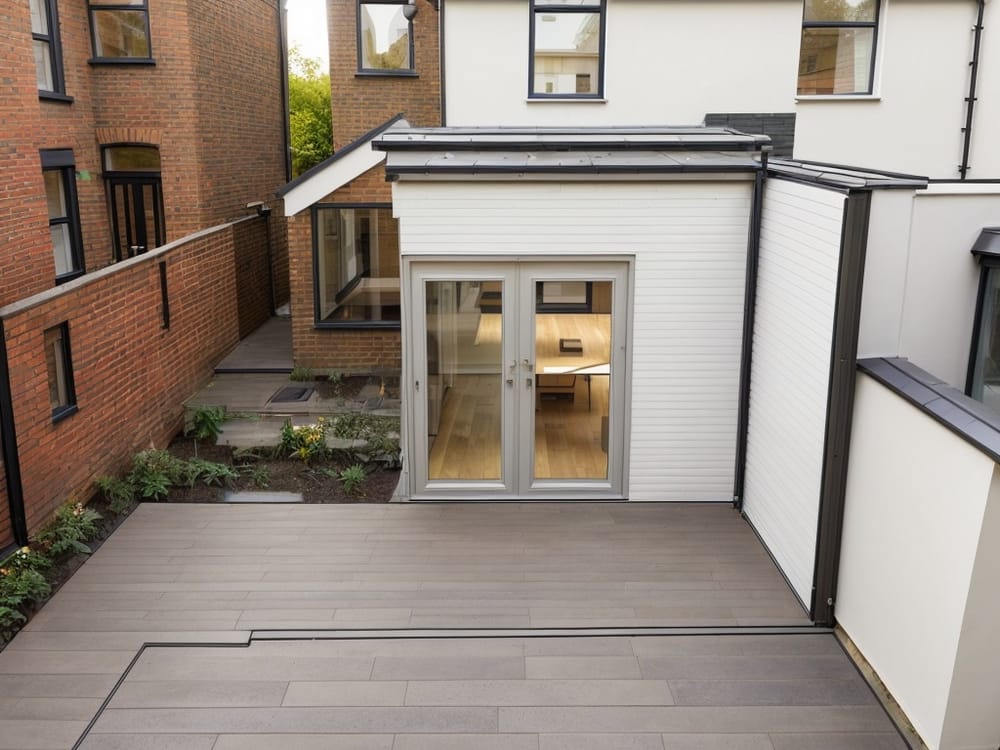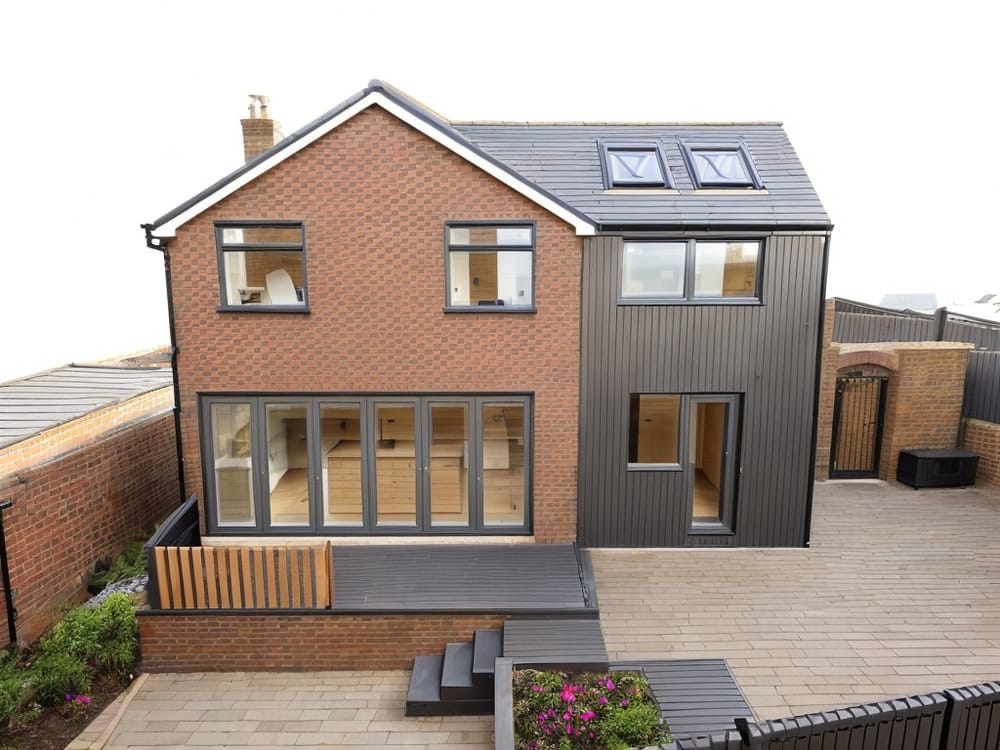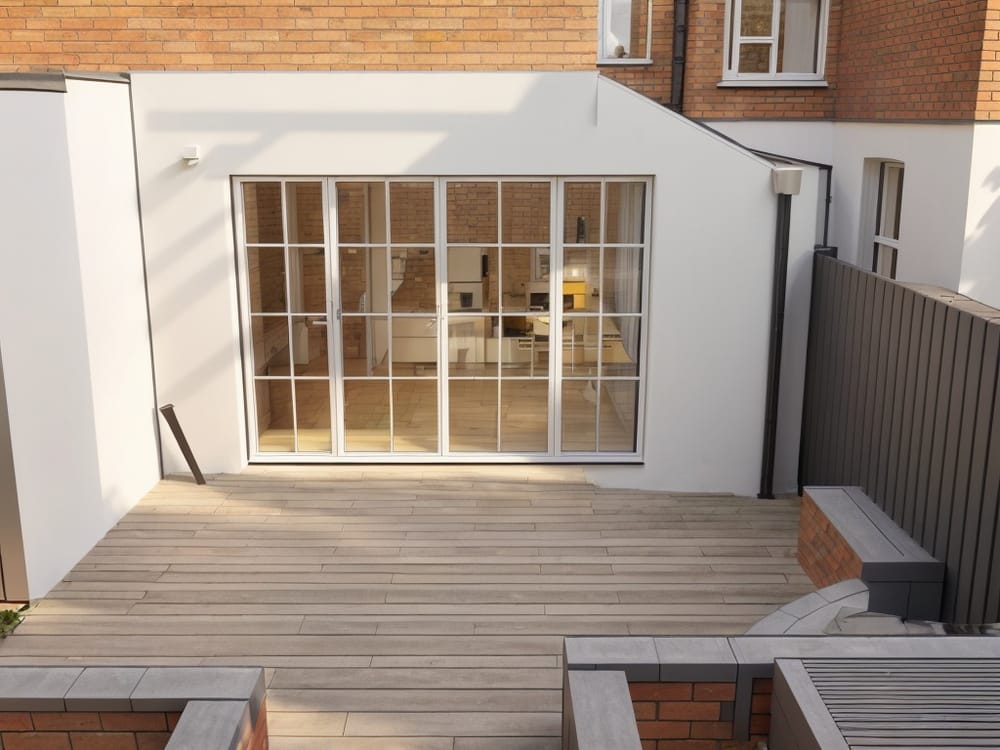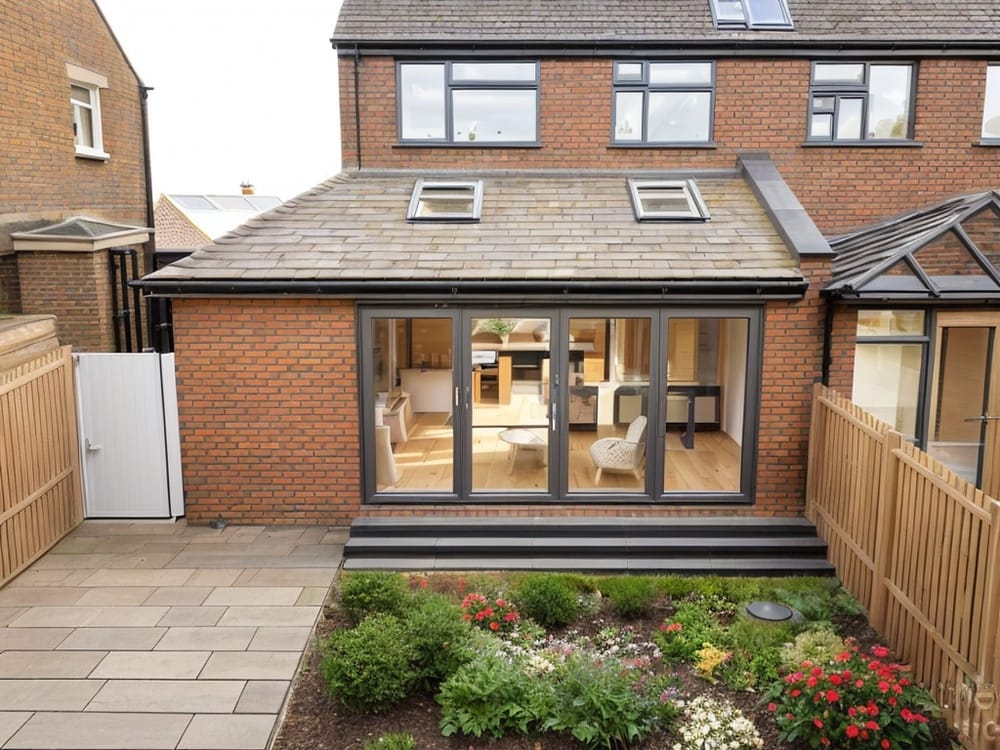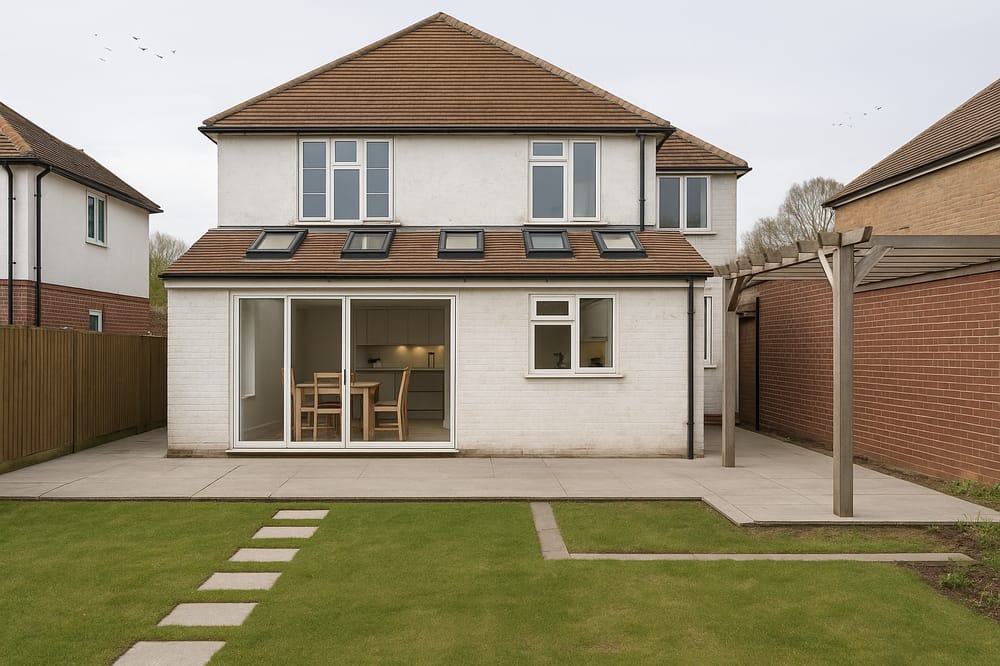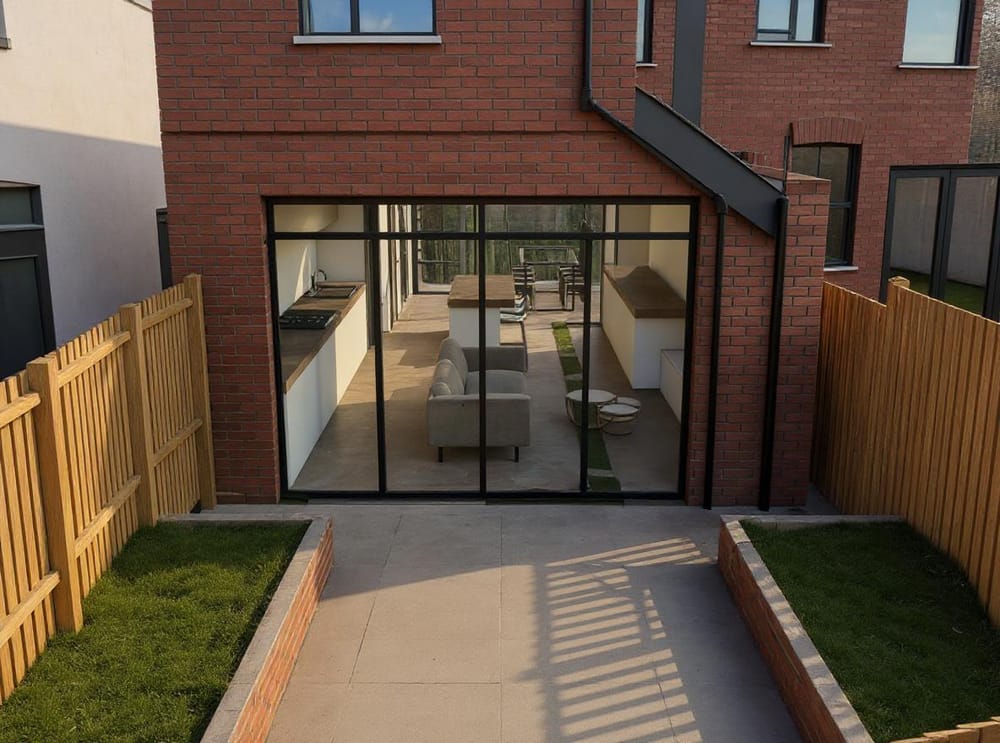Whether you’ve been getting your inspiration from home magazines, Pinterest, or even Resi's own Instagram, you’ll know that house plants have never been bigger.
Not only do they add a pop of colour into our homes, but they also bring with them a number of benefits. While conducting our Science of a Happy Home report, we found that engaging with nature helps boost our wellbeing and even indoor plantings can help both comfort and even productivity - ideal for anyone who works from home.
But how to stop your new leafy friend from becoming another husk in a pot? We asked some of our green-fingered designers for some top care tips...
When choosing your plant, be realistic
Where many people go wrong is when it comes to selecting their house plants. Instead of focusing purely on aesthetics, try to consider the commitment you’re undertaking.
For instance, there’s no point choosing a plant like the Boston Fern if you’re not prepared to put the effort in to keep a high level of humidity. Likewise, while orchids look lovely, they are fussy about the conditions they’ll tolerate.
If you’re new to house plants, we recommend these easy to raise plant children…
- Aloe vera
- Peace lily
- Snake plant
- Pothos
- Dumb cane
- Spider plant
And you also have those old favourites: the cactus and succulent.
Sunlight is (mostly) your friend
All plants need some sunlight (remember: they can’t feed from your light bulbs) but how much sun a plant likes varies according to type. When buying your plant, look out for these key phrases:
- Direct sunlight
- Partial shade
- Full shade
This will tell you how much light they can take and should be your main focus when positioning your new plant.
If you’re not sure how much sun your home gets, grab yourself a compass (or compass app) and work out which direction your windows face. In the UK, south-facing windows will get the most amount of light day to day.
Signs your plant isn’t getting enough sun
- Drooping
- Pale leaves
- Shedding leaves
If you spot these signs, try moving your plant to a sunnier spot or give its leaves a quick clean, as this might also be affecting its ability to feed.
Signs your plant is getting too much sun
- Bone dry soil
- Crispy leaves
- Bleached leaves
- Leaves that have brown spots or tips
If you think your plant needs a little less sun, try moving it to partial shade, rather than submerging it in darkness.
Water with care
Are you guilty of overwatering your plant? In plant world, being killed by kindess is a real hazard.
When purchasing your plant, make sure you check in with the supplier what watering schedule you should be roughly following. If you don’t have this person to hand, the next best thing is for you to look into what the conditions are like in your plant's native country. Desert plants, no surprise, require very little watering, while anything hailing from a rainforest will need both a lot of watering and humidity (the bathroom is often an ideal home for these varieties).
Signs your plant is thirsty
- Dry, curling leaves
- Dry soil
Signs your plant has too much water
- Yellowing drooping leaves
- White mould growing
- Mushrooms popping up
If you do find mould of mushrooms in your pot, clear this away and add a new layer of topsoil.
Top tip: Even if you have an idea on when to water your plant, don’t just follow this blindly. Get your hands dirty and always check the state of the compost before you get the watering can out. A dry top layer is a good sign it’s ready for a drink, ideally using room temperature water.
Keep away the pests
It’s not uncommon to find some unwanted visitors on your leaves. If you do find pests, make sure you isolate your plant from your other plants. You should then wipe down the leaves and then use an insecticidal spray to stop the bugs from reappearing.
Create your own jungle conditions
A lot of the house plants we love the best hail from the tropics, which means they like a humid environment. For these plants, it’s a good idea to place them in moist rooms, such as the bathroom or kitchen.
If you want to keep them elsewhere, group a bunch of these plants together to create a microclimate and make sure you spritz them regularly with mist. You might also consider investing in a humidifier. Not only will this help your plants, you might also get some health benefits of your own. However, be wary of this purchase if your home struggles with damp issues.
Safe for children and pets?
A number of plants can be harmful to both your children and pets, should they be ingested. Therefore, it’s worth asking about the toxicity levels of any potential purchases. Don’t worry, there are plenty of safe options out there.
If you have your heart set on one of the unsafe varieties, you can still have them in your home, you’ll just need to keep them out of reach. Consider adding them to tall shelves or installing hanging baskets.
Signs your plant is ready to move house
Your plant may need to be repotted if…
- The roots our popping out of the drainage holes
- You can spot roots coming through the top layer of soil
If this is the case, make sure you only move your plant into a pot that’s only slightly bigger than the one it’s in now. Shove a plant in an enormous container with loads of new soil and it may die from shock.
Adding more plants to your home is just one way you can create a happier space. To find out what other improvements you might consider, take our Happy Homes test and discover more practical tips on wellbeing-focused home design.


